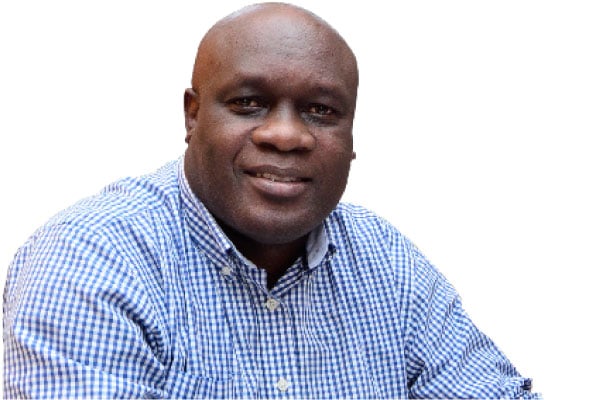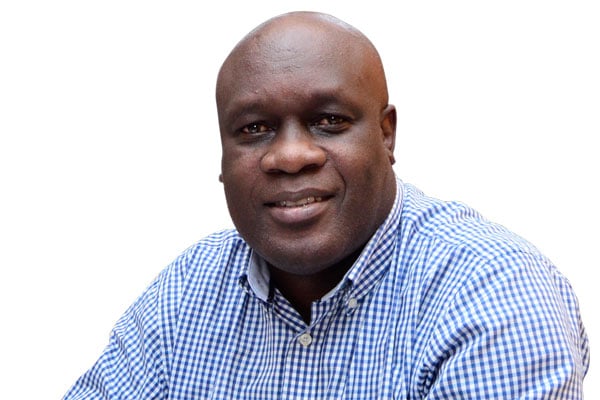Prime
Some lessons from recent journalism festival in Italy

Odoobo C. Bichachi
What you need to know:
Tackling misinformation is everyone’s responsibility. Social media is notorious as a medium of spreading misinformation.
The International Journalism Festival came to pass last week in the Italian town of Perugia. I have not seen as much as a footnote in the media – at least the local media. Not surprising. The media hardly reports about itself, and there are many reasons for that.
Yours truly was not there but thanks to the Reuters Institute for the Study of Journalism, the highlights captured by their team popped up into my mailbox.
A few things deserve our attention as Uganda journalists grappling with not any different challenges from those that confront the media elsewhere in the world. I shall summarise seven of the takeaways as shared by Reuters Institute. The full transcript is available at www.reutersinstitute.ac.uk
Innovation is (also) about deciding what not to do. Some of the most versatile inventions in the world today have been in information and communications technology (ICT). Many of these have been very disruptive to the media as we know it. But should the media adopt every innovation that comes up? Not so, says Chris Moran from the Guardian. “An innovation has to be something that is genuinely useful for the audience or the newsroom.” So, should a media house be on Tik-Tok, Instagram, Facebook, Twitter, Telegram, etc or should it choose which is more useful for its audience?
Declining ad revenue may not be a bad thing. According to Alan Rusbridger, disappearing advert revenues are forcing newsrooms to focus on journalism that matters for the people so they can pay for it; it is spurring content innovation. Is that everywhere in the media? Perhaps not. Those that don’t innovate on content shall remain by the wayside because audiences will not pay for nothing.
Reader revenue requires patience and habit. Reader revenue is the new fad and beyond talk and heavy-lifting work to create content that appeals to audiences, it will take a lot of patience and consistency to build a habit. “If there is no habit, there is no reader revenue,” says Tomáš Bella from Dennik N, adding: “People will only pay for something they are used to using on the regular.”
New perspectives in coverage of climate change. I have written in the past about the need to cover climate change not as a distant object of fear but rather as something living with us every day and manifesting differently in different places. This is what Angela Morelli of InfoDesignLab said: “When it comes to climate science, it’s not that we have to separate rigour and accuracy from emotions. It’s not just about numbers. It’s never about facts. It’s always about emotion, and climate change is deeply emotional, because it’s about life and death.” In short, can we bring the climate change conversation closer home!
Journalists should care about impact. This is the so-what question of every story we do. We should not just fill the pages or the airwaves with mundane stuff that has no impact on our audiences. That is a wasted opportunity. As Tom Trewinnard says, “Impact is at the very heart of why journalists choose to do their job.” What kind of impact, one may ask? Fara Warner, from the Solutions Journalism Network, says journalists always have an impact, “whether it’s intentional or not, whether it’s positive or negative.” Which side are you?
Journalism failing democracy by focusing on elites. Does the story of “he said, she said” matter or is it just a sound-bite to fill the bulletin or a quote to fill column space in the newspaper? “The question is: what do we do about it? To what extent do news organisations engage people who tune them out? We need a new model that moves away from the definition of journalism as news and instead sees whether a community is being served with basic information it needs to function and whether it is served by those who can hold power to account,” says US academic Nikki Usher.
Tackling misinformation is everyone’s responsibility. Social media is notorious as a medium of spreading misinformation. But to what extent does the mainstream media reinforce fake news or clarify fake news? “Craig Silverman from ProPublica says combating misinformation and disinformation shouldn’t be the sole responsibility of a handful of experts in a newsroom. It becomes a problem when beat reporters don’t know the basics and fall for the usual traps of bad-faith actors who use the media to amplify certain narratives.”
Send your feedback/complaints to [email protected] or call/text on +256 776 500725.



